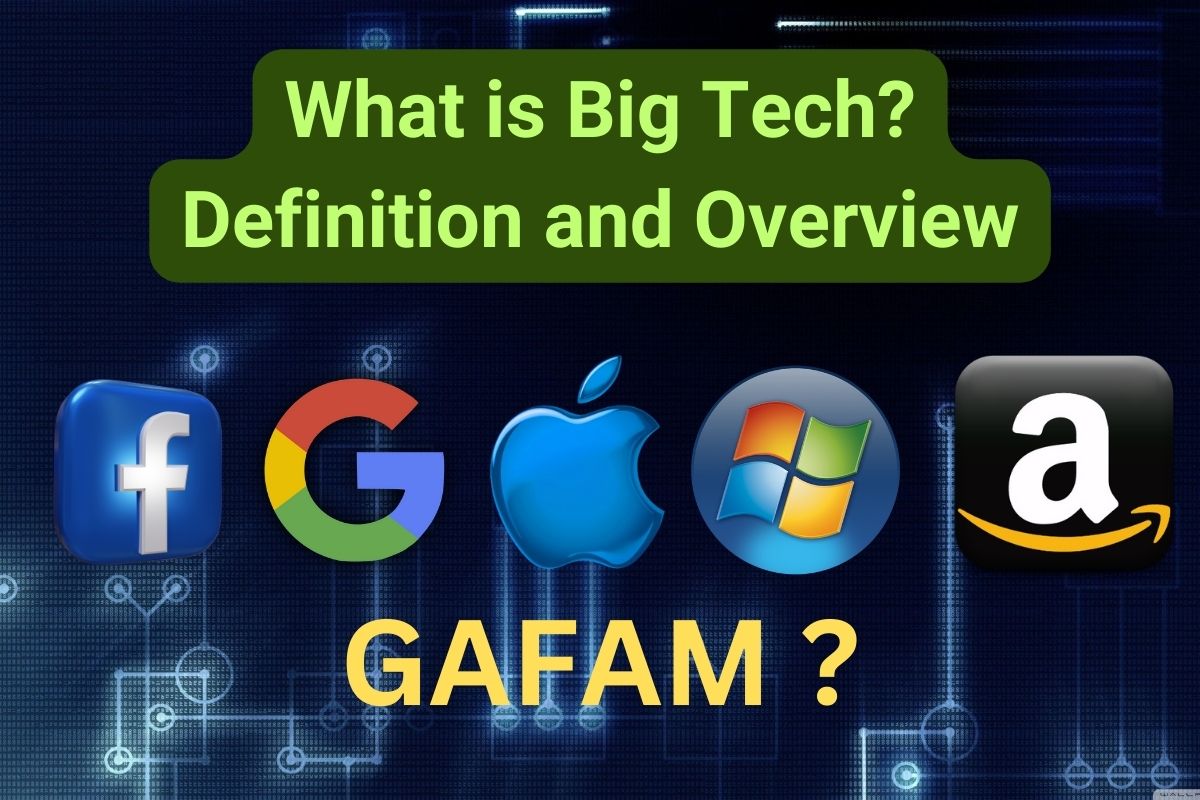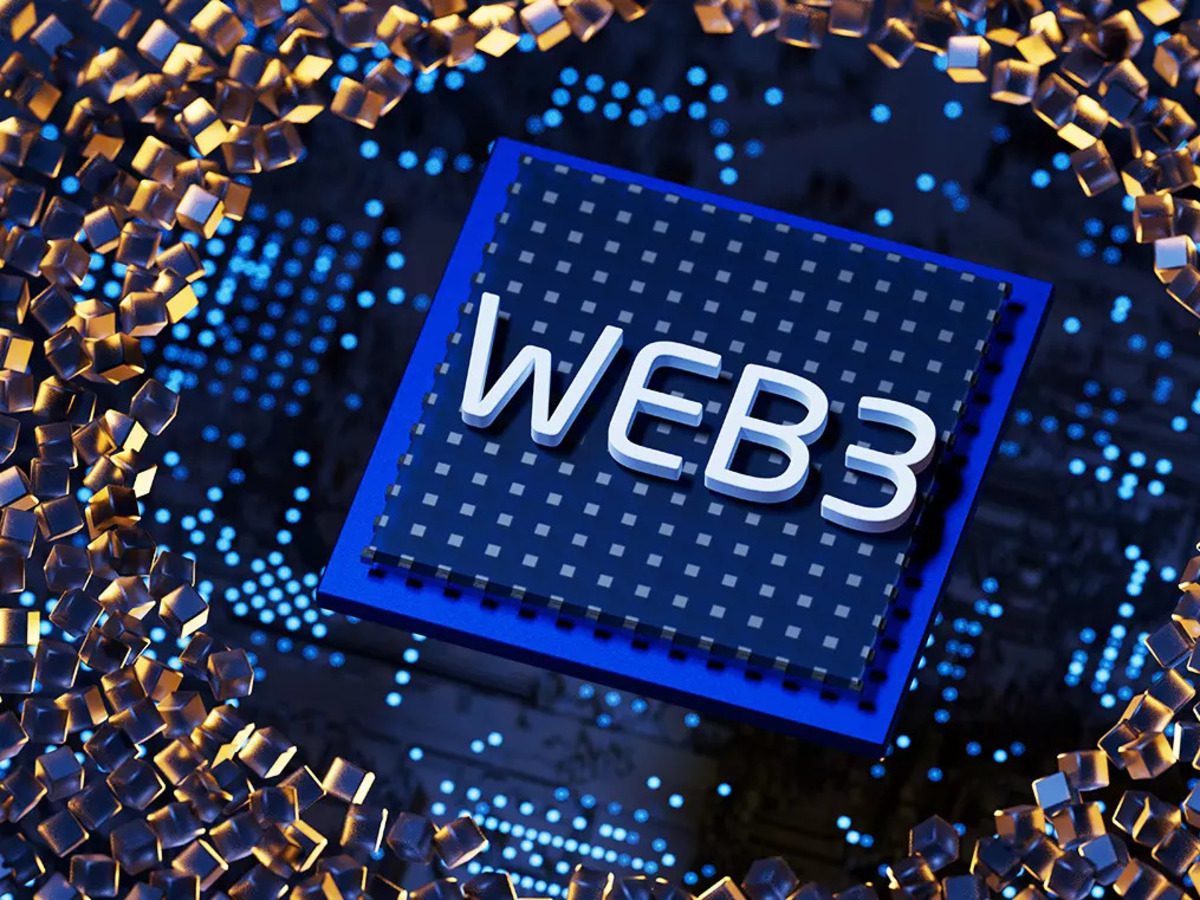The biggest IT corporations in the world are referred to as Big Tech, sometimes known as the Tech Giants or Tech Titans. The Big Tech concept bears similarities to the coalition of leading businesses in other industries.
Table of Contents
The Big Five tech firms in the US are typically included in it: Alphabet (Google), Amazon, Apple, Microsoft, and Meta. It may also include highly valued tech firms like Netflix and Nvidia, as well as non-IT businesses like Tesla.
These businesses are grouped into the Magnificent Seven (Alphabet, Amazon, Apple, Meta, Microsoft, Nvidia, Tesla), Big Four (Alphabet, Amazon, Apple, Meta), and Big Five (Alphabet, Amazon, Apple, Meta, Microsoft). Big Tech can also refer to Chinese businesses like Xiaomi, Tencent, Baidu, and Alibaba.
What is Big Tech?
When written as “Big Tech,” it usually refers to the following five companies: Microsoft, Apple, Google (or Alphabet), Amazon, and Meta (previously Facebook). These businesses actually own a number of well-known Internet brands, including LinkedIn (Microsoft), Instagram and WhatsApp (Meta), YouTube (Google), and many others.
The IT sector was controlled by IBM and Microsoft in the 20th century. The majority of the Nasdaq Composite stock market index was destroyed by the dot-com bubble, but the IT businesses that survived went on to dominate their respective marketplaces and increase their market share. Around 2013, several economists conjectured that a lack of regulation could result in concentrated market power, which gave rise to the term “Big Tech.”
The investigation into Russian meddling in the 2016 US elections gave rise to the moniker “Big Tech,” since digital corporations were able to influence their consumers through access to vast amounts of data. The term “Big Tech” is akin to the terms “Big Oil” and “Big Tobacco” which were coined by Congress to try and regulate the oil and tobacco industries after the energy crisis of the 1970s.
It is comparable to how a tiny group of companies known as Big Media or the Media Giants, came to control the mainstream media at the beginning of the twenty-first century.
Five Big Tech Company
The tech titans are defined as Alphabet, Amazon, Apple, Microsoft, and Meta by a more inclusive group known as the Big Five. Before Facebook changed its name to Meta in 2021, they were known as GAFAM. After Saudi Aramco, the Big Five were the world’s second, third, and sixth most valuable public businesses in 2020.
Full form of GAFAM
- Alphabet (Google)
- Amazone
- apple
- Microsoft
- Facebook (Meta)
Grouped of Five big tech
Each of the five Big Tech corporations provides at least one critical component of the tech ecosystem, and in some cases several:
Why are these five businesses combined?
Amazon : is the world’s largest e-commerce site, giving them significant power over what customers buy as well as valuable data on their purchasing habits. They also offer Amazon Web Services (AWS), which includes servers and infrastructure utilized by thousands of other businesses and websites.
Apple develops iOS : the second most popular mobile operating system, and macOS, the second most popular desktop operating system. They make the only hardware capable of running certain operating systems. Furthermore, they have complete control over iOS app distribution: no program can operate on iOS without Apple’s permission. Apple also makes Safari, the world’s second most popular web browser.Google : creates Google Search, which is by far the most popular search engine in the world. This offers them a great deal of power over how people obtain information on the Internet, as well as a highly lucrative advertising space. Google also develops Android, the most popular mobile operating system (OS), Chrome, the most popular Web browser, and Gmail, one of the most popular email services. All of this contributes to Google’s extraordinary influence.
Meta : creates Facebook and Instagram, two of the most popular social media platforms. This provides businesses with unprecedented influence over what information people see and share, as well as an extremely lucrative ad space.
Microsoft :develops Windows, the most widely used desktop operating system. They also create Edge, the world’s third most popular browser, and Bing, the second most popular search engine.
Five Big Tech Company Fundamentals
| Company | Revenue (USD) | Profit (USD) | Subsidiaries |
|---|---|---|---|
| Alphabet | $283 billion | $60 billion | Google GV Waymo X |
| Amazon | $514 billion | $-3 billion | Audible Twitch Whole Foods |
| Apple | $394 billion | $99 billion | Beats |
| Meta | $116 billion | $23 billion | Facebook Reality Labs |
| Microsoft | $212 billion | $73 billion | GitHub Skype |
What is the acronym for the Big 5 tech companies?
The media has used acronyms such as ‘GAFA’, ‘GAFAM’, ‘MAMAA’, and others to refer to the Big Four or Five tech corporations.[47] In these acronyms, Alphabet, Google’s parent corporation, may be represented by G, and Meta, Facebook’s rebranding, by F.
In 2013, Jim Cramer, the television host of CNBC’s Mad Money, invented the abbreviation ‘FANG’ to refer to Facebook, Amazon, Netflix, and Google. Cramer described these corporations as “totally dominant in their markets”
Cramer believed the four firms were prepared to “take a bite out of” the bear market, giving the acronym a double meaning, according to Bob Lang, Cramer’s colleague at RealMoney.com. Cramer enlarged FANG to FAANG in 2017, adding Apple to the list of the other four firms based on its revenue, which places it as a potential Fortune 50 company. Following Facebook’s name change to Meta Platforms in October 2021, and the formation of Google’s holding firm Alphabet Inc. in 2015.
Cramer proposed replacing FAANG with MAMAA, and Netflix with Microsoft, because Netflix’s valuation had slipped behind the other firms. These corporations, like Microsoft, were valued at more than $900 billion, compared to Netflix’s $310 billion. In November 2021, The Motley Fool proposed MANAMANA (a reference to the 1968 song “Mah Nà Mah Nà”) as an abbreviation for Microsoft, Apple, Netflix, Alphabet, Meta, Amazon, Nvidia, and Adobe.
Market Overview
The Big Five tech behemoths have outperformed Big Oil energy behemoths including ExxonMobil, BP, Chevron, and Shell in terms of market value. They have also outperformed major media giants like Disney, Warner Bros. Discovery, and Comcast by a factor of ten. In 2017, the Big Five had a combined value of more than $3.3 trillion, accounting for nearly half of the Nasdaq 100. In 2017, Elizabeth Warren chastised Big Tech for providing free services in order to maintain its popularity over competitors.
What are the top 5 tech companies?
The tech titans are defined as Alphabet, Amazon, Apple, Microsoft, and Meta by a more inclusive group known as the Big Five.
What is the acronym for the Big 5 tech companies?
The Big Four or Five tech companies have been referred to in the media as ‘GAFA’, ‘GAFAM’, ‘MAMAA’, and other acronyms.
Read more.
What are U.S. savings bonds? How does it work?
The Wall Street: History | Financial Crises | Importance | Rules & regulation

Daisy Morgan is a dedicated business journalist known for her insightful coverage of global economic trends and corporate developments. With a career rooted in a passion for understanding the intricacies of the business world, Daisy brings a unique perspective to her writing, combining in-depth research with a knack for uncovering compelling stories. Her articles offer readers a comprehensive view of market dynamics, entrepreneurship, and innovation, aiming to inform and inspire professionals and enthusiasts alike.







